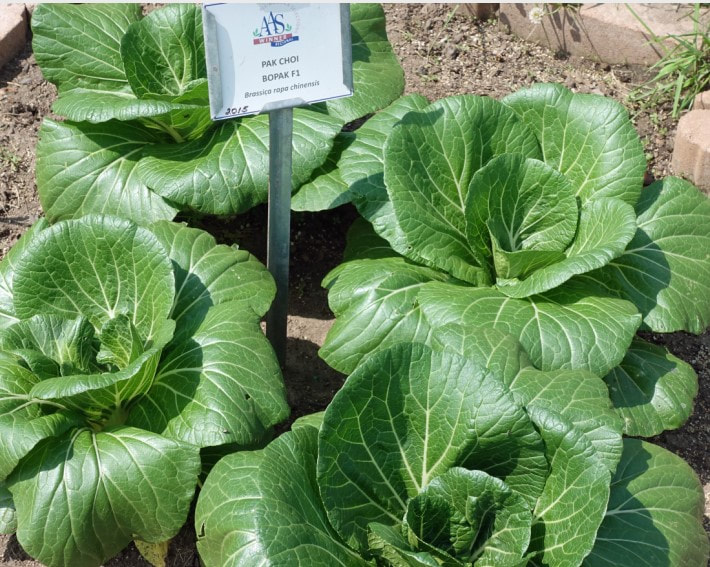|
Growing GREENS, which can be served raw, wilted, blanched, sautéed, or grilled.
The Asteraceae family has some of the best-known salad greens:
Most greens prefer full sun and cool weather (50 to 75°F). Soil that’s evenly moist, but not too wet, yields the best greens. As a general guide, spinach, kale, and mustard greens can be sown six weeks before the last frost, followed by lettuce and chard three weeks later. You can choose to transplant seedlings to get a jump on the season or sow seeds directly into the garden or containers. To ensure a continuous harvest, reseed as often as every few weeks depending on the variety. Note, store seed in the fridge in an airtight container to extend longevity. To prepare outdoor soil, consider mixing in 1 cup of organic fertilizer for every 10’ row. For containers, choose one that is large enough that it won’t easily dry out. Fill with quality potting mix and consider mixing in peat and coir (coconut fiber). Planting depth varies by variety, so be sure to read seed package instructions. After germination, thin seedlings to desired spacing. If your goal is baby leaf, keep the spacing fairly dense. If you’d like to harvest whole heads, ensure spacing of 4”-8” apart within a row. For baby leaf, you can start harvesting when leaves are 3-4” tall. Many varieties will tolerate “cut-and-come-again” harvests. Allow full-size heads 3-5 weeks after transplant to mature. Once leaves reach maturity, harvest right away to encourage new growth and another harvest in just a few weeks. Leafy greens will have different flavors at different stages of harvest. Experiment to find out which flavor works best for you! As much as possible, monitor for over-exposure to heat and water to avoid “stressed greens” that taste bitter rather than fresh. When plants bolt (or send up flower stalks), pull them up as the quality will start to diminish after this. In our colder region, hardier greens like kale, mustard and spinach extend our season, and row cover protection can help achieve an earlier first harvest in the spring and a later final harvest in the fall. Use your fresh salad greens in unexpected ways. Red Butterhead makes a fabulous and healthy burger wrap. Grilled Romaine? A tasty twist on an old favorite. Wilted spinach? It’s incredible. Massaged kale? Pair bitter greens with a sweet dressing and your favorite soft cheese for a gourmet flavor combination. Sturdier greens like romaine, kale, and chicory hold up well when mixed with grains, nuts, and thick dressings. Choose a theme and create a new and interesting salad mix every time. Try it and you’ll be hooked! Credit to https://ngb.org/year-of-the-salad-greens/ Contributed by: Vicki Gee-Treft
0 Comments
Leave a Reply. |
|
| North Country MGV | gARDEN bLOGS |
Location |
|

 RSS Feed
RSS Feed